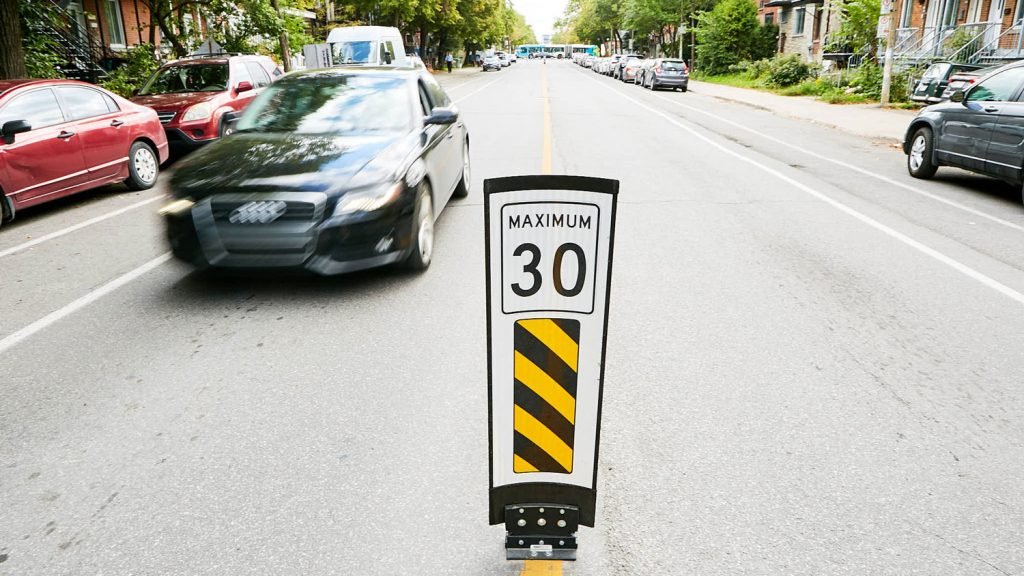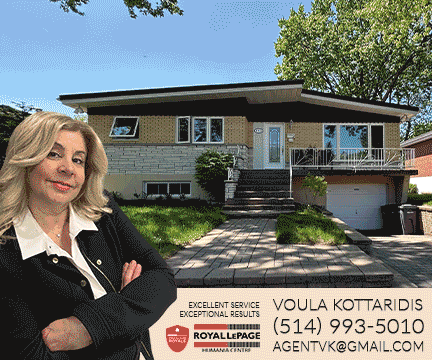Traffic mitigation strategies soon to be released
When stuck on Jean-Talon in bumper-to-bumper congestion on a busy Friday afternoon, you quickly realize that Parc-Extension has a traffic problem.
Crisscrossed by major arteries with several chokepoints, the neighbourhood experiences many of the negative effects of vehicle traffic, such as air pollution and dangerous conditions for pedestrians.
The borough of Villeray—Saint-Michel—Parc-Extension will soon be revealing its traffic appeasement strategy to better mitigate vehicle traffic in the area. It will be implemented first in the district of Parc-Extension.
The plan will be the culmination of several months of research and consultation among citizens to find solutions to the area’s traffic problems.
New strategies
“By studying both the entire territory and the local realities of different living environments,” the borough hopes to present a comprehensive plan to citizens by September, according to a statement on the borough’s website.
Working in concordance with the Plan local de déplacement and the city’s Vision Zéro, the borough wants to make pedestrian movement both more attractive and safer.
“The borough is planning this appeasement strategy to reduce the human impact of traffic and promote the tranquillity of the resident population,” continued the statement, adding that different strategies would be implemented specifically for a given area.
To do so, the borough has split its territory up into 14 distinct zones to study traffic circulation and consult the local population.
Common objectives
The objectives of the project vary widely but work together towards the common goal of appeasing and mitigating vehicle traffic while making the area more liveable for residents. The plan will try to find the source of traffic problems rather than only treating its symptoms.
This includes tailoring solutions in a way that takes into account the entirety factors in a sector rather than implementing piecemeal solutions to individual problems, all while taking into account measures that are already in place.
The borough also added it had done more to consult residents and local businesses to get their take on what should be done in their areas. Resident consultations occurred both in
April and July.
Variety of strategies
Strategies the borough is currently looking to implement vary widely and include measures like speed bumps, one-way streets and speed indicators.
Areas can be made more suited to pedestrians by enlarging crosswalks at intersections and decreasing speed limits in residential areas. This has often been shown to keep pedestrians and children living in the area safe.
School areas may also see better signage and speed limits, while some streets may see narrower lanes to reduce the speed of vehicles.
Measures like these which are already in place can be seen on the city’s interactive map. The map displays all places in which such infrastructure is already installed.
Not always popular
Although the borough says it will implement solutions by looking at the results of this broad borough-wide plan, previous traffic appeasement measures put in place in Parc-Extension have not always been popular with residents.
The city installed a traffic deviator this spring at the corner of Villeray and Saint-Dominique. It caused widespread indignation among those living around it who saw it was unnecessary and dangerous.
The deviator forced traffic north up Saint-Dominique instead of letting it go directly west to Saint-Laurent. Residents reported increases in vehicle traffic on the residential side streets, adding drivers were going faster and driving more dangerously.
The borough hopes to avoid such situations by analyzing traffic problems holistically and by better consulting the population. “There wasn’t any consultation and it arrived like a surprise,” stated borough mayor Giuliana Fumagalli at a council session in June, adding that the safety of the deviator in question would be analyzed and acted on accordingly.
Parc-Ex first
Parc-Extension residents will be the first to see appeasement measures go into place, with other areas of the borough seeing their’s come slightly later.
Findings will be shown to citizens in September during public presentations. Implementation will begin shortly after.
People can find a list of infrastructure already in place by consulting the interactive map of appeasement measures offered on the city’s website at https://montreal.ca/articles/lapaisement-de-la-circulation-dans-vsp-13374.










